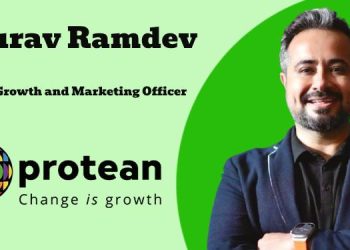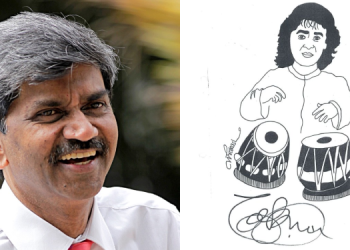Authored by
Shiraz Khan, Founder, Spicetree Design Agency
Fueled by digital disruption, clients in the digital marketing realm in particular have undergone transitions in terms of their expectations and requirements during the past two decades. This resulted in new dynamics as marketing and design service providers had to alter their strategies shifting from persuasion to on-demand delivery. Those who leveraged such opportunities went on to form strong client relationships and thereby gained their trust for future projects as well. The following includes the scenario during the early 2000s, and how we at Spicetree Design Agency (SDA) adapted to changing client expectations.
Hesitancy
Clients had earlier sought specific design and development services like websites or brochures to enhance their brand identity. Over a period of time, they came to the conclusion that such requirements alone are not sufficient for business growth. The collaterals that they seek must simplify sales processes for business growth.
At SDA, we were conscious of this unawareness and faced a few difficulties in convincing them that clients needed more than what they perceived. The turn of this decade was the time when a few minds were opened. We struck a chord with all the clients who ultimately understood that the sales counter must keep ticking.
Capitalizing expectancy
In situations where clients shift from hesitancy to expectancy, companies begin an ethical endeavor to deliver and satisfy or even please clients. We understood that we had to capitalize on the transition, and developed clear objectives to not only simplify their sales processes but also lead them on the path of purchase.
We got back to the drawing board and meticulously studied analytics before and after each project or account to derive further scope for improvement. We further realized that as client expectations were increasing, we had to play the part accordingly as well. Hence, we embarked on a direct approach for our sales pitches after understanding the pulse and nuances of the vertical they belong to.
This helped immensely in addressing their concerns and issues; with the pre-inclination of first listening to them before anything else. As a result, we do not harp about the various analytical tools at our disposal, instead we lead a discussion on the route that we envisage to adopt in order to fulfill client objectives.
Consultancy
In a nutshell, we adapted and attuned ourselves to becoming more of business consultants than digital marketing specialists. We advise our clients on almost all aspects of business, propelling them to higher positions. Our motto “Growthfor all, above all” has helped us adapt to transient client expectations by holding our clients business trajectory in high regard. They further seek advice from us on their business expansion strategies and policies as well.
In Conclusion
Client expectations in the marketing realm have drastically changed from hesitancy to expectancy in the past few decades. Having said that, it is those companies that have adapted their strategies to capitalize on the transition that have reaped dividends in more ways than one. Client expectations will continually change, and the onus will be on service providers to adapt accordingly to gain as well as retain client trust.

















